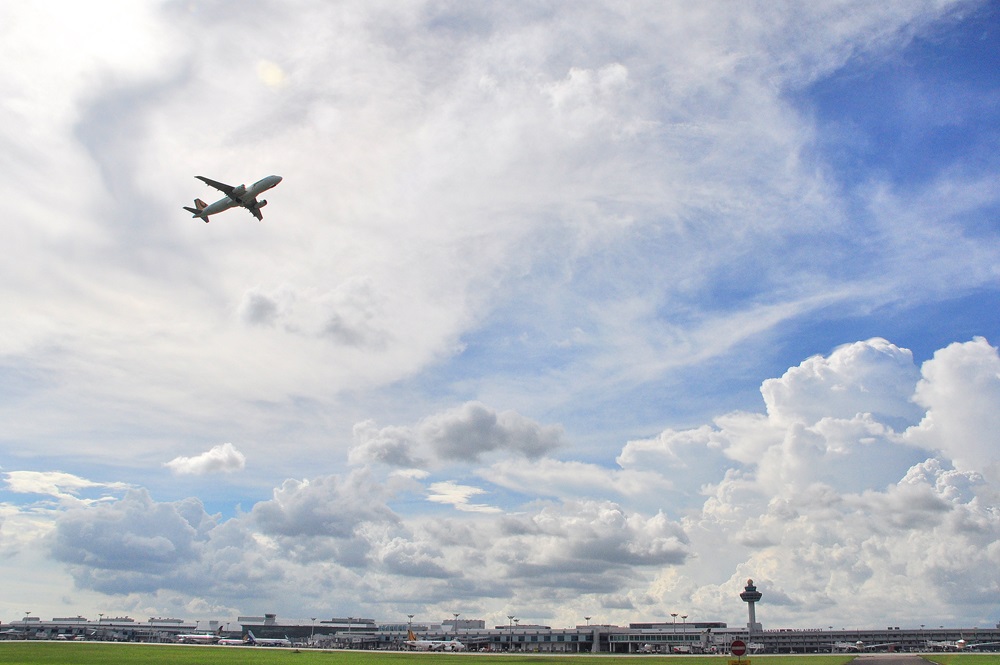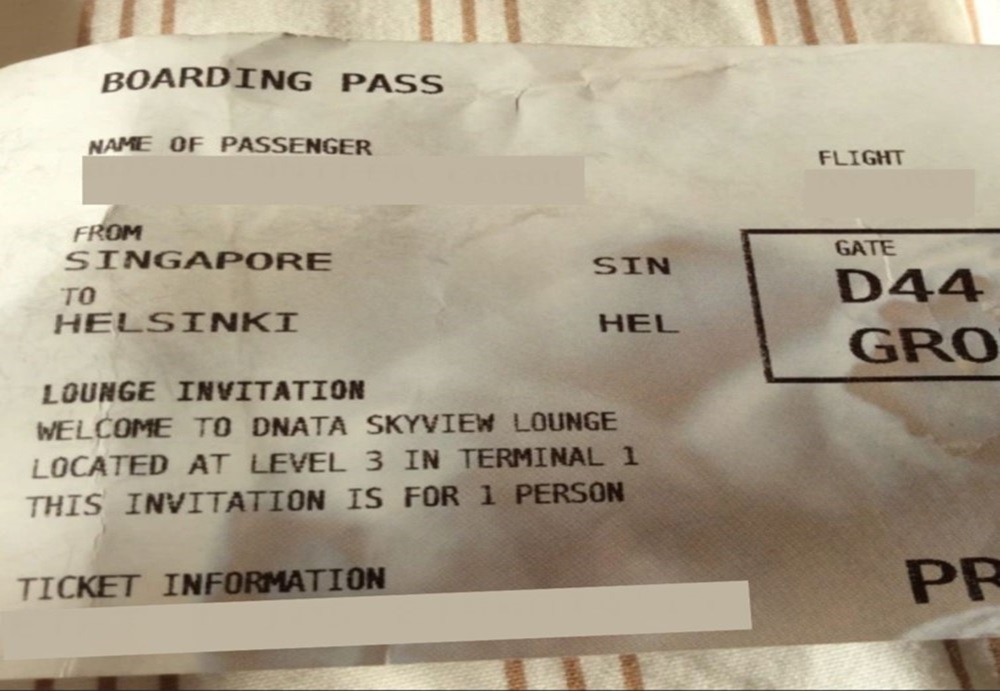


Just like how we are all given unique names at birth, airports also go by their unique ‘names’ known as airport codes. The two most common types of airport codes would be those from the International Air Transport Association (IATA) and the International Civil Aviation Organisation (ICAO). These codes form the backbone of modern aviation communications for the aviation industry, providing a unique identifier for all airports to facilitate passenger travel across the world. Changi Journeys lifts the veil for an inside look at how these airport codes are determined.
IATA codes



A bag tag printed with the Singapore Changi Airport code ‘SIN’
IATA codes are the most widely recognised for air travel, due to their use by the airlines to facilitate passenger flights. Managed by the International Air Transport Association (IATA), 3-letter identifiers were assigned to airports starting in the late 1940s, due to the rapid expansion of air travel leading to more airports being built around the world.
Most airports’ codes are derived from the first three letters of the country or city that the airport is based in. For instance, SIN for Singapore Changi Airport in Singapore and MAD for Adolfo Suárez Madrid–Barajas Airport in Madrid, Spain. For some airports, they are assigned codes based on prominent letters in the names of their location, for e.g, LHR for London Heathrow Airport.
IATA’s three letter permutation allows for a total of 17,576 unique location codes. At the moment, only about 11,000 IATA airport codes have been used.
ICAO codes
Besides the more passenger-facing IATA airport codes, the next commonly known set of codes are the 4-letter identifiers assigned to each airport by the International Civil Aviation Organisation (ICAO). While IATA codes are primarily used for commercial purposes such as the printing of boarding passes and baggage tags, ICAO codes are mainly used for operational and safety purposes, as such air traffic control and flight planning.



World map showing ICAO codes assigned to each geographical region.
(Image credit: Key.Aero)
The first letter of the ICAO code refers to the continent where the airport is located, while the second letter refers to the country. The final two letters refer to the specific airport. Hence for Singapore Changi Airport, the ICAO code WSSS is derived from W for the Southeast Asian region, and the triple ‘S’ standing for ‘Singapore’ in terms of the country, city and name of airport.
In another example, Charles de Gaulle Airport in France has the ICAO code LFPG, with L for southern Europe, F for France, P for Paris and G for Charles de Gaulle Airport.
As ICAO codes are distributed by region and country, pilots use them instead of IATA codes, because of their organised naming structure. This prevents any mix-ups between airports that may share similar names. For e.g, many travellers might have heard of Manchester Airport in United Kingdom, ICAO code EGCC. However, they may not know that in the United States, there is also a Manchester-Boston Regional Airport, informally referred to as Manchester Airport, with ICAO code KMHT.
What happens to the airport’s code when it closes?
When an airport ceases its operations, its IATA and ICAO codes get de-listed. Going forward, at the discretion of IATA and ICAO, the same airport code could be cleared for use again. For example, when Chamonate Airport in the capital of the Atacama Region of Chile closed in February 2005, the same IATA code of CPO was given to the new Desierto de Atacama Airport that replaced it, while ICAO gave the new airport another code - SCAT.
Fun fact – peculiar airport codes
There are bound to be some peculiar combinations when mixing around the 26-letter English alphabet. Here are some interesting ones - Butler Memorial Airport in Missouri, USA has the IATA code BUM, while Fresno Yosemite International Airport in California, USA has the IATA code FAT.
Hence, a passenger on a flight from Fresno to Butler would have FAT – BUM printed on their boarding pass. That would make a quirky souvenir, wouldn’t it?



A boarding pass showing a flight from SIN to HEL (Image credit: Jennieswindowview)
Another route from Singapore Changi Airport, IATA code SIN to Helsinki Airport, Finland, IATA code HEL, would show as SIN – HEL on the boarding pass. Some people would say those in SIN should go to HEL (pun intended).



An artist's concept of NASA's Ingenuity helicopter on Mars (Image credit: NBC News)
Last but not least, in April 2021, in support of its organisation-wide focus on innovation in aviation, ICAO assigned a code to the Jezero crater on Mars, to mark the world's first off-planet flight operation. The location of this flight was ceremonially assigned ICAO code JZRO for the Jezero crater, where the Ingenuity helicopter exploratory flight took place.
Now that we have decoded the airport codes, you will appreciate the thinking behind how the codes are kept simple enough for day-to-day use, while still being able to uniquely identify the thousands of airports around the world. This ensures that passengers can arrive exactly where they intended to fly to on their next flight.
Other Articles

46 years of dedication – CAG’s long serving horticulturalist
In this interview, learn how Changi’s longest serving horticulturalist has seen her team’s role evolved over the years to support the airport’s growth.

Beyond aesthetics – crafting a sense of place through art
Art installations in the airport goes beyond merely beautifying the bustling airhub. Understand how it plays a crucial and purposeful role in crafting the unique Changi Experience.

On LinkedIn@ChangiAirport
In July, CAG employees joined hands to give back to society. During the ‘Changi Gives Back’ event, our volunteers hosted close to 400 ComLink+ children/youths, creating joyous moments for them.


